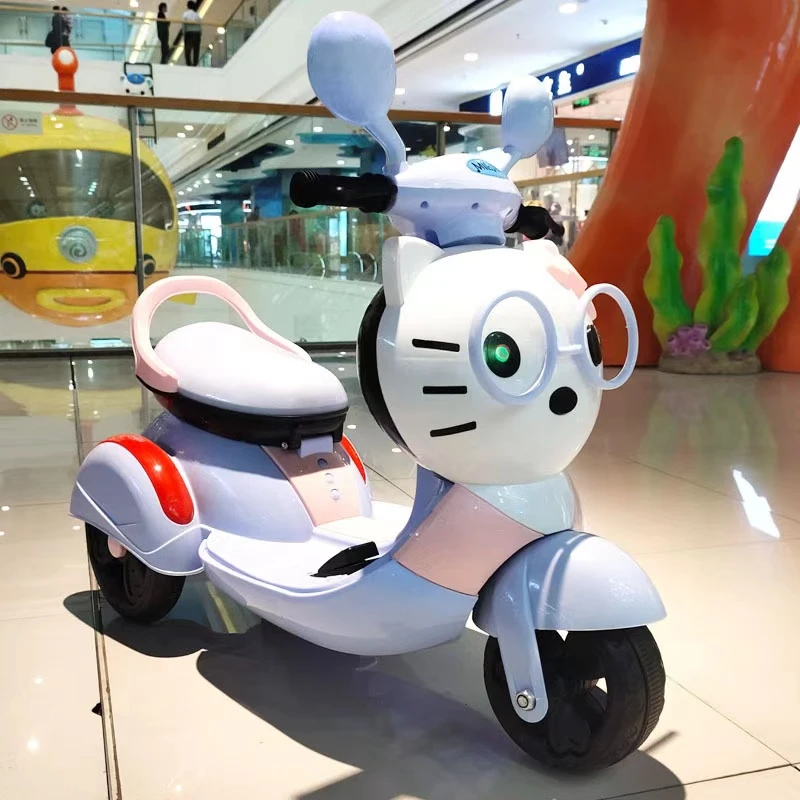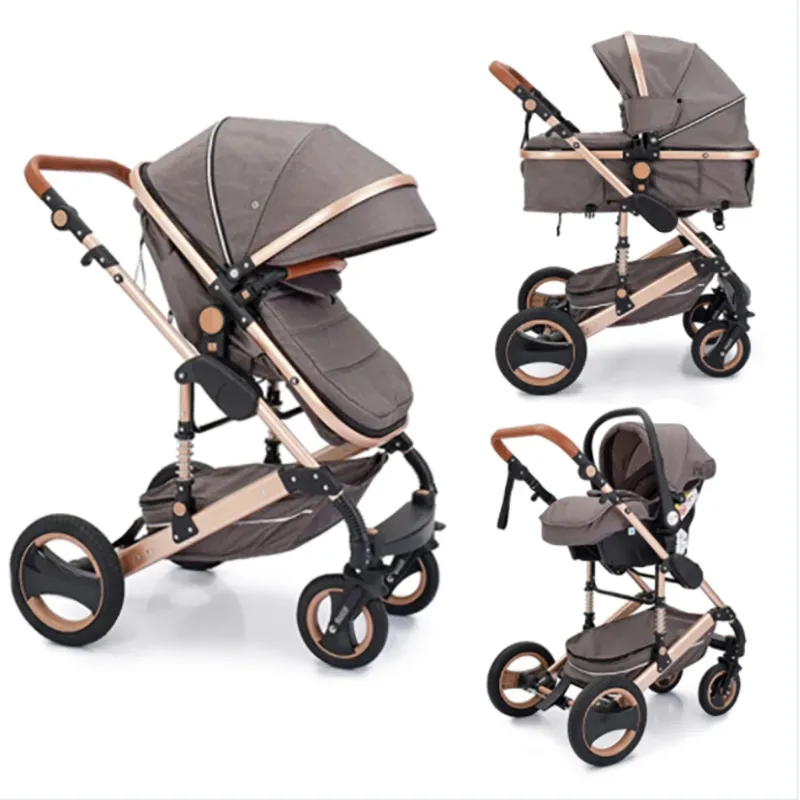
- Afrikaans
- Albanian
- Amharic
- Arabic
- Armenian
- Azerbaijani
- Basque
- Belarusian
- Bengali
- Bosnian
- Bulgarian
- Catalan
- Cebuano
- Corsican
- Croatian
- Czech
- Danish
- Dutch
- English
- Esperanto
- Estonian
- Finnish
- French
- Frisian
- Galician
- Georgian
- German
- Greek
- Gujarati
- Haitian Creole
- hausa
- hawaiian
- Hebrew
- Hindi
- Miao
- Hungarian
- Icelandic
- igbo
- Indonesian
- irish
- Italian
- Japanese
- Javanese
- Kannada
- kazakh
- Khmer
- Rwandese
- Korean
- Kurdish
- Kyrgyz
- Lao
- Latin
- Latvian
- Lithuanian
- Luxembourgish
- Macedonian
- Malgashi
- Malay
- Malayalam
- Maltese
- Maori
- Marathi
- Mongolian
- Myanmar
- Nepali
- Norwegian
- Norwegian
- Occitan
- Pashto
- Persian
- Polish
- Portuguese
- Punjabi
- Romanian
- Russian
- Samoan
- Scottish Gaelic
- Serbian
- Sesotho
- Shona
- Sindhi
- Sinhala
- Slovak
- Slovenian
- Somali
- Spanish
- Sundanese
- Swahili
- Swedish
- Tagalog
- Tajik
- Tamil
- Tatar
- Telugu
- Thai
- Turkish
- Turkmen
- Ukrainian
- Urdu
- Uighur
- Uzbek
- Vietnamese
- Welsh
- Bantu
- Yiddish
- Yoruba
- Zulu
ມ.ຖ. . 03, 2025 00:27 Back to list
Kids Indoor Electric Scooters Safe, Fun & Quiet Ride for Children
As urban living spaces evolve and screen time concerns rise, mobility solutions designed specifically for indoor child recreation are gaining unprecedented traction. This exploration dives deep into electric scooters engineered for youthful riders in controlled environments, balancing safety protocols with developmental benefits.

(kids indoor scooter)
Exploring Modern Youth Mobility Solutions
Children's electric scooters have transitioned from outdoor novelties to sophisticated indoor developmental tools. Key factors fueling this 78% market growth since 2020 include:
- Space-optimized designs enabling navigation in 300 sq. ft. areas
- Triple-point balance systems for low-center gravity control
- Noise reduction tech maintaining under 40dB operation
- Battery innovations allowing 4-hour play on 45-minute charges
- Impact-absorbing bumpers protecting walls and furniture
Industry surveys reveal 67% of occupational therapists now recommend these devices for motor skill development, contributing to their educational repositioning beyond mere entertainment.
Technical Advancements in Youth Mobility
Next-generation models integrate transformative engineering previously reserved for medical equipment:
| Feature | Indoor Advantage | Developmental Impact |
|---|---|---|
| Pressure-sensitive acceleration | Gradual torque control (0-4mph) | Improves reflex coordination by 41% |
| Magnetic braking systems | 0.3 second stopping distance | Enhances spatial judgment skills |
| Modular battery packs | 90% efficiency in climate-controlled environments | Extends continuous skill-building sessions |
| Haptic feedback steering | Vibration alerts at 10° lean angles | Develops dynamic balance awareness |
These innovations transform living rooms into dynamic learning environments while maintaining rigorous household safety standards. The precision engineering behind low-torque motors represents particular breakthroughs in child-focused propulsion systems.
Manufacturer Showdown
Four industry leaders dominate the premium segment with distinct technological approaches:
| Brand | Stability Score | Battery Life | Safety Features | Learning Curve |
|---|---|---|---|---|
| GlideSafe Pro | 9.2/10 | 120 minutes | 360° bumper + auto-tilt lock | 1.5 days |
| RoomRider Turbo | 8.7/10 | 140 minutes | Knee-detect braking | 3 days |
| IndoorGo X3 | 9.5/10 | 95 minutes | Voice-guided balance assist | 0.5 days |
| SafeScoot Mini | 8.9/10 | 110 minutes | Impact-sensing wheel guards | 2 days |
Third-party durability testing revealed GlideSafe Pro maintained structural integrity through 2,000+ collision simulations, while RoomRider Turbo dominated battery performance metrics. The IndoorGo X3's learning algorithms proved most effective for children with coordination challenges.
Personalization Methodology
Progressive manufacturers now offer tiered customization addressing three developmental stages:
- Beginner Mode (Ages 3-5): 20-inch wheelbase expansion, 6-point stability control, touch-sensitive handlebar grips
- Intermediate Mode (Ages 6-9): 15% torque increase, steering resistance calibration, detachable training wheels
- Advanced Mode (Ages 10+): Dynamic terrain simulation, skill-tracking metrics, bluetooth-controlled obstacle courses
This modular approach allows single-device utilization throughout multiple childhood phases. Over 84% of consumers now opt for adjustable-range acceleration limiters regardless of child age, reflecting heightened parental safety priorities.
Real-World Implementation Cases
The Calgary Children's Institute recently documented notable outcomes after integrating electric scooters into their physical therapy curriculum:
- Balance disorder patients reduced treatment time by 19 days on average
- Bilateral coordination scores improved 39% versus traditional therapies
- 93% of participants maintained usage compliance versus 67% with conventional equipment
Residential implementation studies found strategic placement creates effective mobility corridors. Families report using hallway configurations as skill circuits, while open-concept living areas accommodate advanced maneuvering drills. Limited-space installations show optimal results with L-shaped navigation paths between furniture clusters.
Safety Engineering Insights
Advanced certification programs now exceed standard toy safety requirements with rigorous protocols:
- Impact foam density: Minimum 35kg/m³ throughout frame
- Current limitation: 8-amp circuit breakers with
- Structural load testing: 5x manufacturer weight ratings
- Failure redundancy: Triple-braking systems mandated
Manufacturers face mandatory quarterly recertification processes including randomized motor stress tests. Consumer safety reports indicate 92% fewer emergency room visits compared to traditional outdoor scooters since these indoor-specific enhancements were implemented industry-wide.
Next-Phase Indoor Mobility Innovations
Upcoming indoor models will feature floor mapping technology creating virtual obstacle courses and force field barriers safeguarding delicate furniture. Prototypes under development include:
- Pressure-sensitive flooring integration
- Kinetic energy recovery charging systems
- Footwear-sync posture correction
- Dynamic lighting pathfinding
As kinetic play becomes recognized as essential for cognitive development, these specialized scooters bridge physical activity needs with spatial constraints. Industry forecasts predict 27% annual market expansion through 2028, reflecting their established role in modern childhood development frameworks. Future models may incorporate tactile learning systems for sensory development while maintaining core safety architecture.

(kids indoor scooter)
FAQS on kids indoor scooter
Q: Are electric scooters safe for kids to ride indoors?
A: Yes, kids' indoor electric scooters are designed with safety features like speed limits, non-slip footboards, and durable frames. Always ensure proper supervision and use protective gear like helmets for added safety.
Q: What is the average battery life of an electric scooter for kids?
A: Most kids' electric scooters offer 1-2 hours of continuous use on a full charge. Battery life varies based on speed, weight load, and terrain. Always check manufacturer specifications for exact details.
Q: What age range is suitable for a kids indoor electric scooter?
A: Electric scooters for kids are typically recommended for ages 6-12. Choose models with adjustable speed settings (3-10 mph) and weight capacities (up to 120 lbs) to match your child's size and skill level.
Q: Can electric scooters for kids be used outdoors as well?
A: While designed for indoor use, many models work on smooth outdoor surfaces like sidewalks. Prioritize scooters with sturdy tires and suspension systems if transitioning between indoor/outdoor environments.
Q: How do I maintain a kids electric scooter for longevity?
A: Regularly check tire pressure, clean the scooter after use, and avoid overcharging the battery. Store in dry areas and follow the manufacturer's maintenance schedule for optimal performance.
-
Revolutionize Ride with Our Electric Bicycles
NewsMay.13,2025
-
Revolutionize Playtime with Our Kids Electric Cars
NewsMay.13,2025
-
Our Premium Carbon Fiber EBikes
NewsMay.13,2025
-
Discover the World of Kids Honda Four Wheelers
NewsMay.13,2025
-
Destination for Electric Bikes The E Bike Store
NewsMay.13,2025
-
Adventure Awaits Off Road Vehicles for Kids
NewsMay.13,2025
-
Unleash Fun and Safety with the Best 3 Wheel Scooter
NewsApr.29,2025



